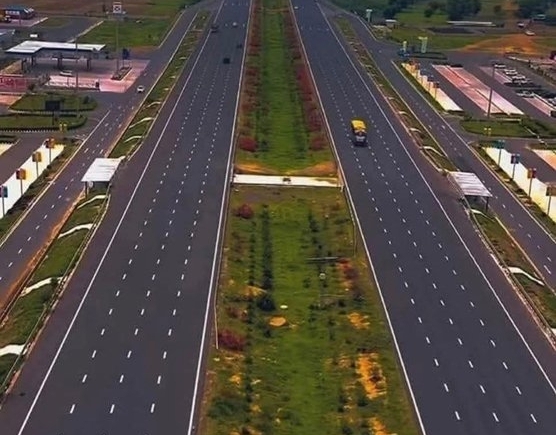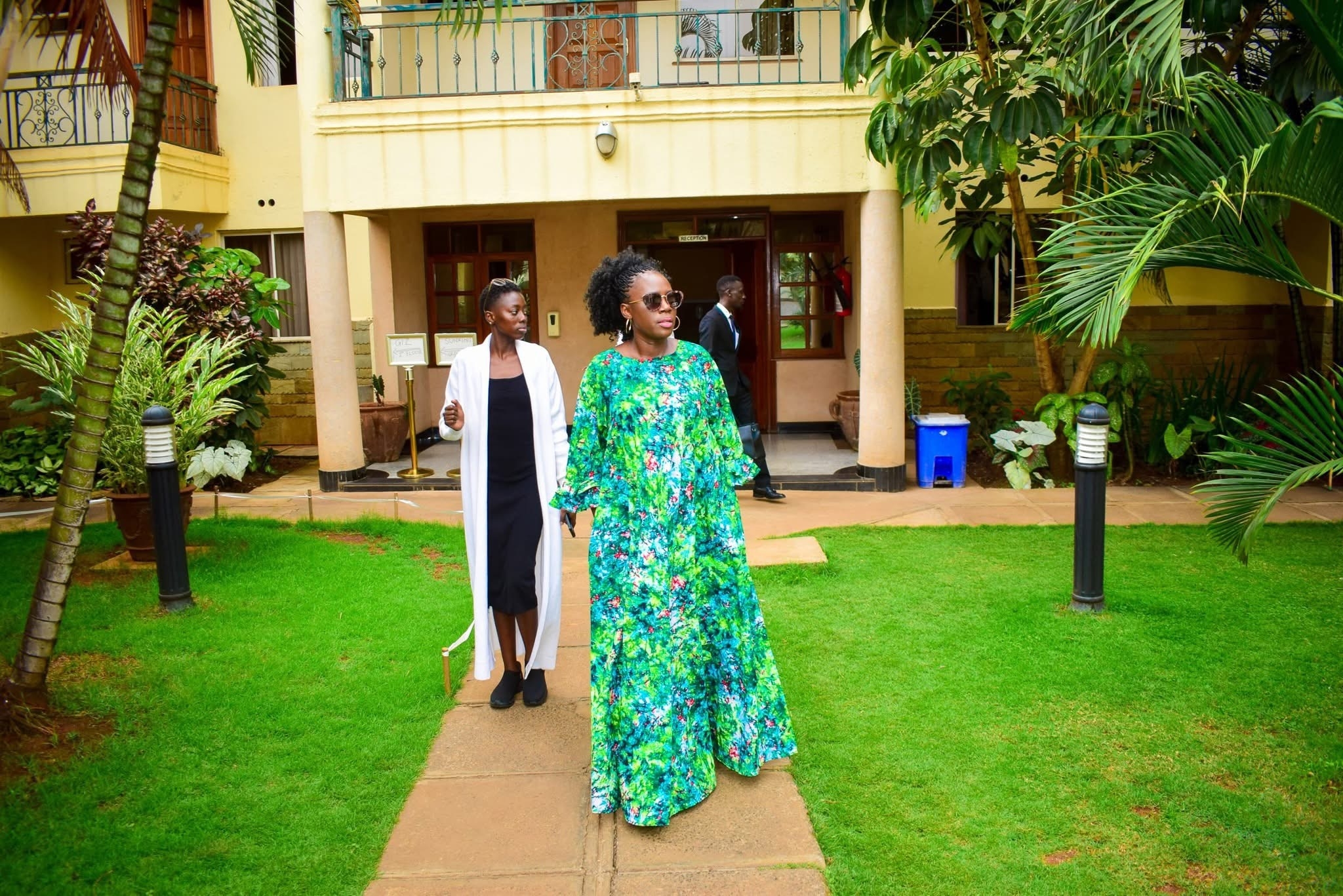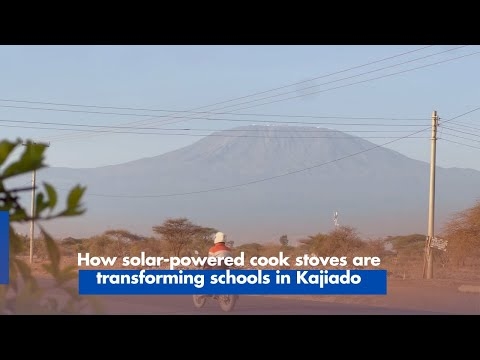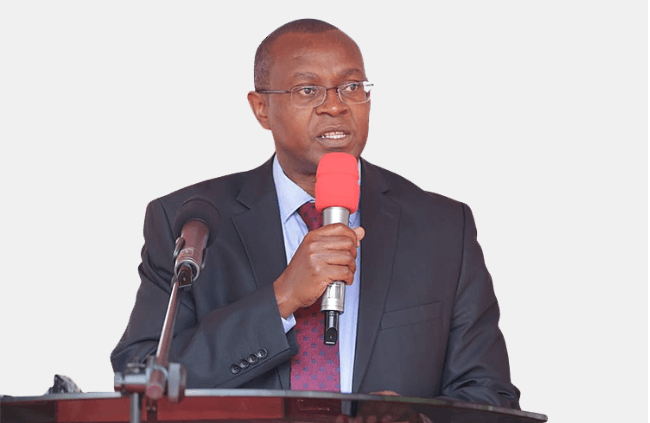The Athi Water Works Development Agency has unveiled an elaborate plan to minimise water shortage in the Nairobi Metropolitan Area.
The plan involves the drilling of 100 boreholes to supply 22.6 million litres to 1.2 million residents to complement the existing water supply system.
The boreholes, which will be dug under the agency's Phase Two of Access to Free Water project, will sort out most of the perennial shortages in the Metropolitan Area, which covers Nairobi, Murang’a, Kiambu, Kajiado and Machakos counties.
The Phase Two project started in July and some of the boreholes have been completed.
A media announcement by the AWWDA says each borehole will have a 4-km water pipeline and two water kiosks.
Kiambu and Murang'a will have 13 boreholes each and Kajiado and Machakos 14 each.
Some 11,353,000 litres will be added to the Nairobi supply from 60 boreholes, the targeted beneficiaries being Kibra, Muthurwa, Mathare, Huruma , Korogocho, Dandora, Kawangware, Kibarage, Kangemi, Kayole, Embakasi, Kasarani, Ruai, Makongeni, Shauri Moyo, Jericho, Makadara, Githurai, Kamae and Industrial Area.
The pitiable state of affairs of water shortage in Nairobi became more pronounced after the confirmation of the first Covid-19 case on March 12.
Among the containment measures against the spread of the contagious disease is regular handwashing with soap and clean water.
The scarcity of the commodity - especially in informal settlements — required the intervention of the National Government.
Water interventions started after the Ministry of Health confirmed the first Covid-19 case in Kenya on March 12.
Boreholes were dug to provide water to the vulnerable residents of those settlements for them to comply with Ministry of Health requirements.
“The success against the fight against Covid-19 is dependent on adequate access to water and sanitation services,” Health Cabinet Secretary Mutahi Kagwe said, noting that enhanced hygiene and sanitation practices are effective mitigation measures against the spread of Covid-19.
On April 14, President Uhuru Kenyatta directed the Nairobi Metropolitan Services to expand provision of free water in Mukuru, Mathare, Kibera, Southlands Kijiji and Korogocho.
The other targets were Baba Dogo, Kayole, Kawangware, Dandora, Kamiti, Gikomba, Mbotela, Kahawa, Muthurwa, City Market, Bangladesh, Dagoretti, Riruta, Huruma and Majengo.
The NMS, in collaboration with Athi Water, promptly started digging boreholes, with a target of sinking 193 and the erection of 500 water tanks and elevated water tanks in high-density areas.
Phase One of the access to free water commenced in April and supplied 14.8 million litres daily to 750,000 residents.
Ninety-three boreholes were drilled and equipped.
As the NMS marked 100 days in office in June, President Kenyatta toured water projects that the agency had opened in the Mathare and Kibera.
Water CS Sicily Kariuki and NMS director-general Mohamed Badi officiated during the opening of the water project at Mathare North chief's camp that had started serving 12,000 residents.
The others opened included Kiboro community water supply project in Mathare, Bangladesh free water tank in Ongata Rongai and Reverse Osmosis water project at Kibra.
Nairobi has over the years been a water-deficit city, with January 2017 crisis being the most notable after the Ndakaini Dam water level dropping to minimum.
Ndakaini produces 430,000 cubic metres of water daily, which is 84 per cent of Nairobi demand. At its optimum, it has a holding capacity of 70,000,000 cubic metres.
Nairobi's current demand is 810,00 cubic metres daily against an installed production capacity of 550,00o cubic metres. The deficit translates to 260 million litres.
Athi Water has several interventions for Nairobi, the largest being the World Bank-funded Northern Collector Tunnel whose Phase One is due for completion in December. It will supply 140 million litres daily to an additional 1.2 million city residents.
Another project is the recently completed Kigoro water treatment plant, which is expected to treat 140 million litres daily.
There are also the raw and treated water transmission pipelines set for completion by December 2021. They will convey 140 million litres daily.
The Nairobi City Water Modification project is due for completion in November. It is a five million litre storage tank in Embakasi.
The Karimenu 2 Dam will supply 70 million litres daily when it is set completed in December 2022.
- mwaniki fm












